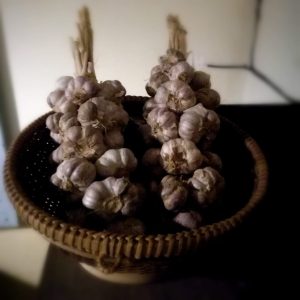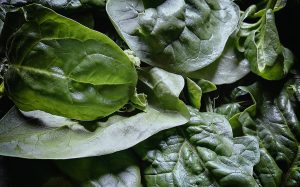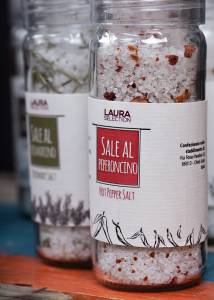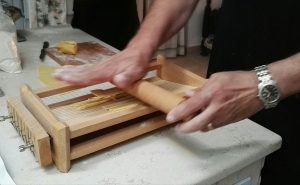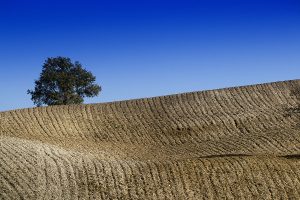Agaricus Augustus, the Prince, the most delicate and delicious of Agarici, with its scent of almond. It can be found in Europe, Asia and North America, where it grows at the edge of forests, conifers or in gardens with pine trees. Cousin of the Common Agaricus Bisporus, develops in slightly acidic soils, rich in humus. Commercial production is quite difficult.
It can reach 30 cm in circumference and 30 cm in height. Many “eaters of mushrooms” and experienced mycologists advise not collect before the opening of the film, when the size and the “edible” part are quantitatively developed and the slats are cocoa color. It is also advised to remove the slats from the mature mashrooms with a sharp knife and put them in ‘virgin’ areas tree-lined with conifers. The beauty and elegance of this mushroom are unique!
The origin of the name Augustus is very interesting and still mysterious:
a) probably of Roman origin, CesareAugusto gave name to the sixth month (sexstilis mensis, Augustus mensis) finalizing the calendar reform started by Julius Caesar in 46 BC.
b) The mushroom is classified in Sweden in 1836 (Fries, Stockholm) and in scandinavian regions appears normally in August (Fries named it in Sweden in 1838)
C) or simply because ‘“Augustus” is identified with “dignified, stately, noble, majestic” (Caesar Augustus). There could be also a connection with the royal agaric (Amanita Caesarea), one of the mushrooms very much appreciated by the Caesars.

